At the time, when thousands of tourists try to see and photograph Machu Picchu, Angkor Wat, or Petra, there are no less interesting monuments of history and culture in other places which many travelers simply do not suspect. So you can safely wander through the ancient ruins, experience the atmosphere of the place and take photographs, and no stranger will somehow be caught in the frame.
1. Palmyra, Syria
In this ancient oasis located 200 kilometers from Damascus, the age of which exceeds four thousand years, camel caravans still call on. Although, now in the place of the once majestic city there is only a poor village, many ruins and monuments of ancient Roman architecture of the last pore remained in its vicinity.
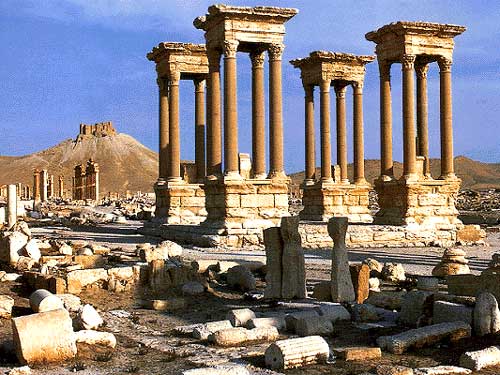
2. Borobudur, Indonesia
From IX to XIV century Borobudur was an acting Buddhist temple, and then hundreds of years was buried under a layer of volcanic ash and covered with jungles. Dutch researchers managed to find the sanctuary again in the XIX century. Initially, no one knew its size (now it is considered the largest Buddhist monument in the world) and the first archaeologists have suggested disassemble the visible portion of pebbles and put in a museum. In fact, it took almost 200 years to completely dig complex and renovate it. Currently Borobudur is one of the UNESCO World Heritage sites.

3. Teotihuacan, Mexico
Located half an hour from Mexico City’s abandoned city Mayan, on the assumptions of scientists, was the most populous in the heyday of the ancient civilization. There are plenty of places for tourists walking, – the complex is spread over an area of 83 square kilometers and boasts a multitude of pyramids and other equally interesting architectural structures. By the way, travelers wishing to climb the pyramid of the Moon, all the way will be pursued by the rain, born from a rustle of steps on corrugated steps. Scientists have even speculated that the pyramid is a kind of musical instrument with which the ancient Mayan addressed to god of rain.
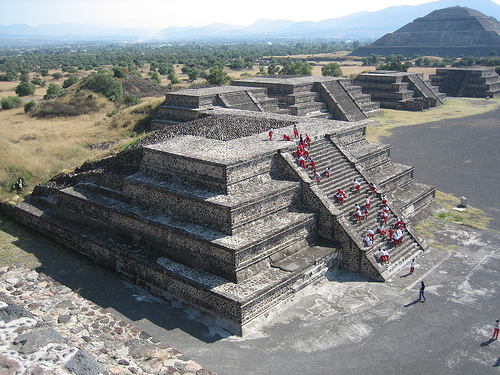
4. Goreme, Cappadocia, Turkey
The form of the rocks of this region of Turkey is attractive for its unusualness. And the house-caves, arranged inside the blocks of stone, add picturesqueness. The first settlements appeared in the valley of Goreme in 1 millennium BC, and then these places served as a refuge for the Greek Christian community for a half thousand years. During this time, Christians had to build many kilometers of underground tunnels, the rock churches with unique frescoes, many underground rooms and even the fortifications. Package tours are offered to Cappadocia by Turkish travel agencies, one
of which can be found at tourpackagesinturkey.com/cappadocia-tours.html
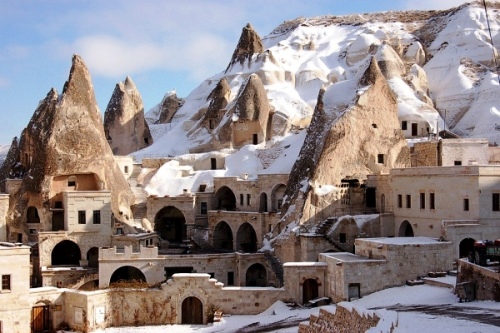
5. Khara-Khoto, Inner Mongolia, China
The ancient city-fortress, standing on the Great Silk Road, was first mentioned in the books of the XI century. In 1226, it was conquered by Genghis Khan, and in the XIV century, after the capture of the fortress of the Ming, it was abandoned. The excavations started here at the beginning of XX century, and the local findings are still considered the most significant in Chinese archeology. At the end of September 2009 the largest project of the Chinese authorities for the restoration of the “black town” (as translated Khara-Khoto) was completed.
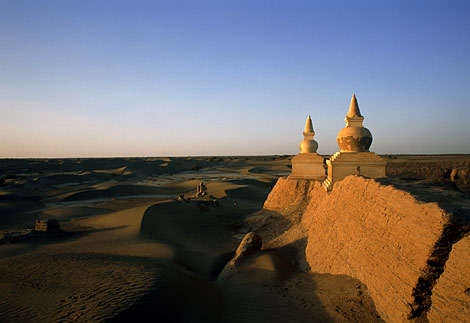
6. Wat Phu, Laos
The temple complex of Wat Phu, which is translated from the Lao as “a sanctuary on the hill”, is the oldest in the land of Laos, its age is more than 1000 years. At the giant long axis of 10 kilometers, laid on top of the hill to the river bank, symmetrically “strung” aqueducts, tombs and temples. Since 2001, the complex is included in the UNESCO World Heritage List.
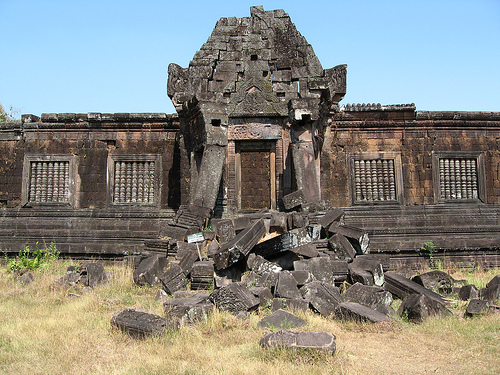
7. Tikal, Guatemala
This ancient Mayan city founded as early as 800 BC, the name of which means “place where the voices of spirits are heard” can hardly be called “obscure” because it housed the rebel base of the film “Star Wars”. Still, it is unwound much less than its northern counterpart – Mexico’s Chichen Itza. And there are plenty of places in Tikal, where tourists stroll: there was time when the residential building of the city occupied 60 square kilometers. 6 step pyramids with temples on top are located in the center of the city. By the way, the ancient Maya used to fill the streets and squares with calciferous material “pieces”, which was so strong that survived until our days.
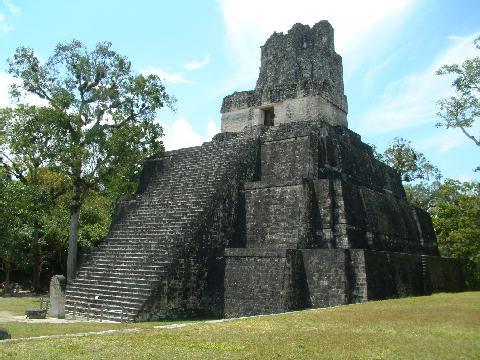

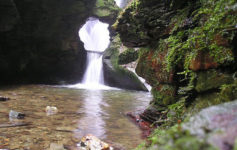
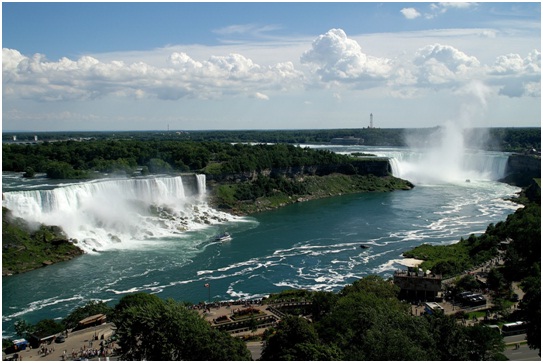
beautiful pictures, I’d love to be in any of these places!